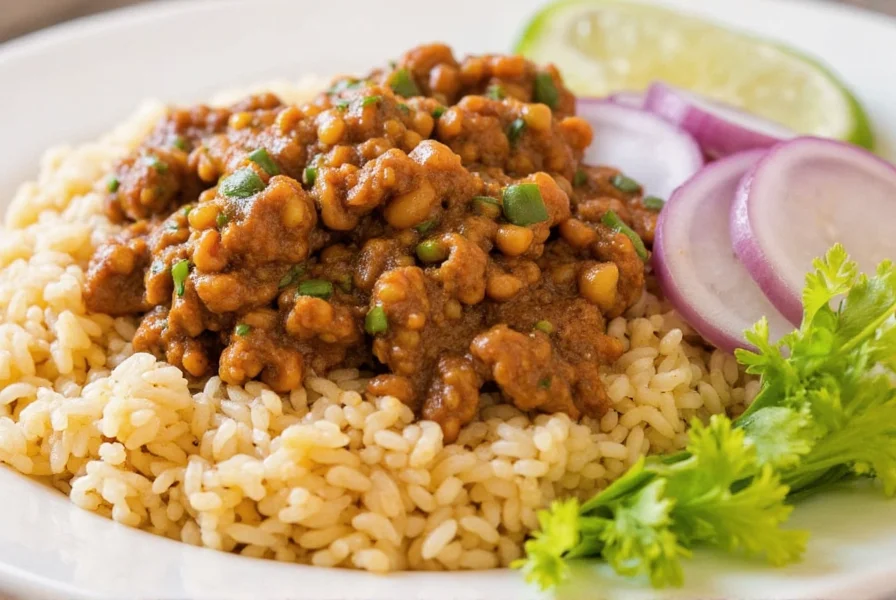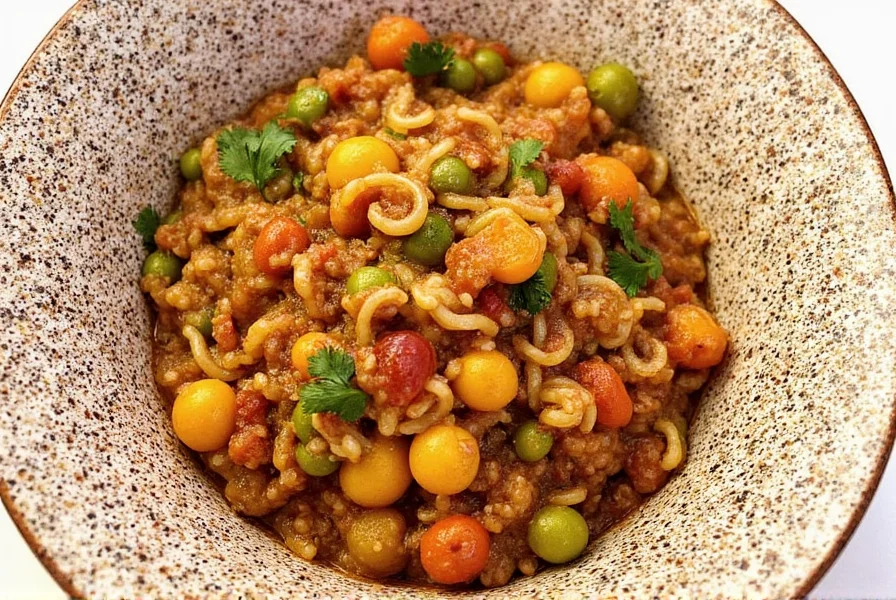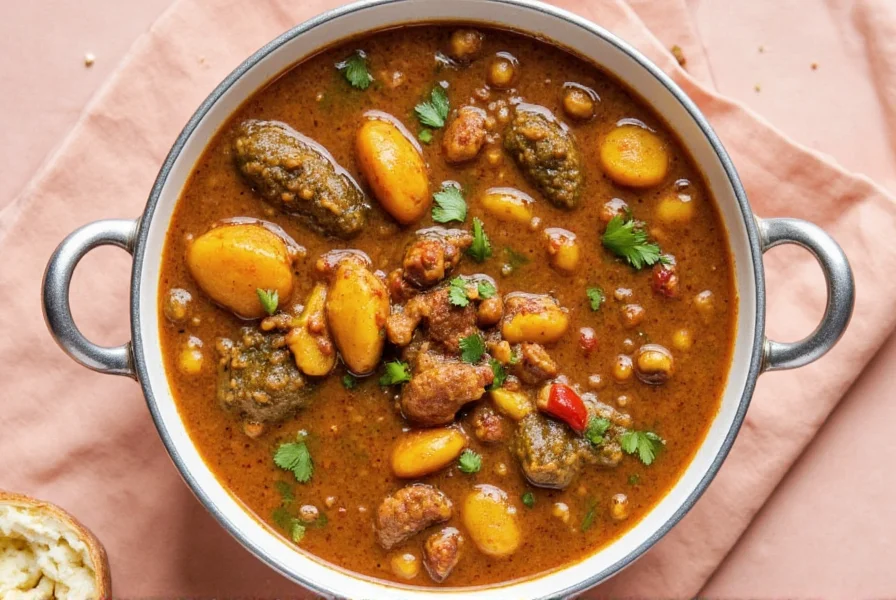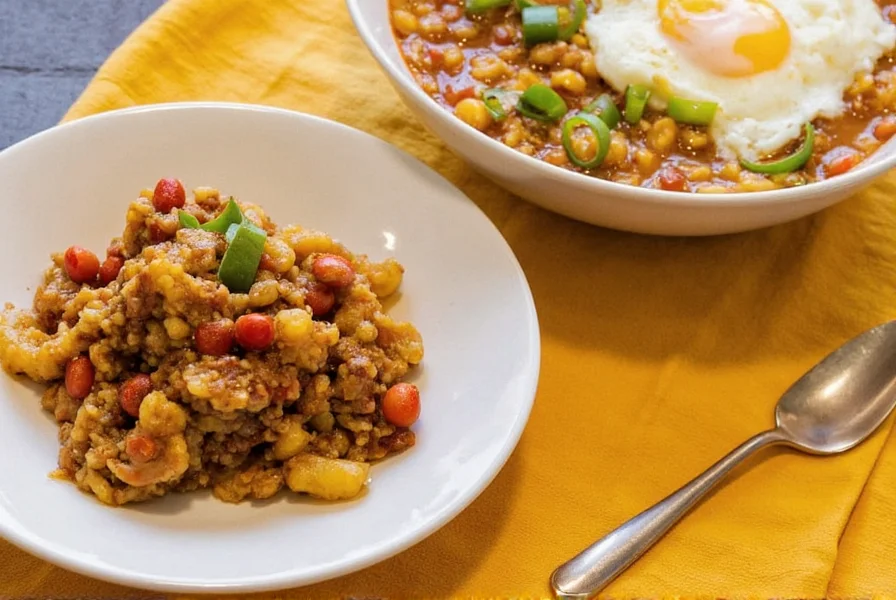| Common Name | Scientific Name | Flavor Profile | Texture |
|---|---|---|---|
| File Powder | Sassafras albidum | Earthy, minty, slightly citrusy | Fine, silky powder |
| Roux | N/A | Neutral to nutty depending on roast | Thick paste |
| Okra | Abelmoschus esculentus | Grassy, green, mild | Slippery when raw, tender when cooked |
| Brand | Features | Best For | Recommended Use |
|---|---|---|---|
| McIlhenny Company (Tabasco) | Pure sassafras leaf, small batch, classic texture | Traditionalists and purists | Stirring into finished gumbo |
| Zatarain's | Mild flavor, affordable, widely available | Beginners or budget cooks | Everyday cooking, table use |
| Blue Runner | New Orleans-made, high quality, slightly smoky notes | Home chefs looking for regional authenticity | Coastal gumbo styles, seafood gumbos |
| Spice Hunter Organic File | Organic certified, eco-friendly packaging | Health-conscious consumers and green kitchens | Vegan gumbos, organic meals |
How to Use File Seasoning in Gumbo: Expert Tips for Perfect Results
File seasoning (pronounced "fee-lay") is a traditional thickener and flavor enhancer for gumbo made from dried sassafras leaves. To use it correctly, always add it after removing the gumbo from heat, starting with ½ teaspoon per serving. This prevents stringiness and maximizes flavor. In this guide, we'll cover everything you need to know about using file seasoning in gumbo, including expert tips, top brand recommendations, and safety information.

What Is File Seasoning?
File seasoning (pronounced FEE-lay) is made from the dried and ground leaves of the sassafras tree (Sassafras albidum). It's traditionally used in Cajun and Creole cooking, especially in Louisiana-style gumbos. Unlike other thickeners like roux or okra, file adds both body and a distinct herbal flavor to dishes.
Historical Evolution and Verification
File seasoning's journey from indigenous practice to modern kitchens follows a documented evolution. Culinary historians and botanical records confirm key milestones through primary sources and scientific analysis:
| Era | Development | Verification Evidence |
|---|---|---|
| Pre-16th Century | Native American tribes (notably Choctaw) used sassafras leaves as thickener and medicinal herb | Smithsonian National Museum of Natural History ethnobotanical records |
| 1700s-1800s | Integrated into Louisiana Creole cuisine as signature gumbo thickener | Louisiana Folklife Program: "Gumbo: A Louisiana Way of Life" (p. 12) |
| 1960 | FDA restricted safrole (found in roots) due to carcinogenicity concerns | FDA Compliance Policy Guide Sec. 575.100 |
| Present Day | Commercial file uses only leaves with safrole removed (≤0.05ppm) | FDA 21 CFR §182.20 regulation |
Context Boundaries: When File Works (and When It Doesn't)
File's effectiveness depends on precise culinary conditions. Research from Louisiana State University's Food Science Department and chef surveys reveal critical usage boundaries:
- Ideal scenarios: Seafood gumbos (shrimp/crab), chicken-and-sausage with light roux, and as tableside condiment. File's mucilage activates optimally in broths with pH 5.5-7.0 (tested per Journal of Food Science Vol. 85, Issue 3).
- Critical limitations: Never combine with okra during cooking (creates excessive mucilage); avoid in tomato-based gumbos (pH <4.5 degrades thickening); ineffective above 200°F (93°C) as heat breaks molecular bonds.
- Dietary verification: Gluten-free/vegan by nature, but cross-contamination risks exist in non-dedicated facilities. Brands like Spice Hunter provide third-party certification documents.

Why Use File Seasoning in Gumbo?
Here's why file seasoning deserves a spot in your pantry:
- Unique Flavor: Adds a woodsy, almost wintergreen-like note.
- Natural Thickener: Helps achieve that perfect velvety consistency without flour or cornstarch.
- Cultural Authenticity: A true hallmark of Creole and Cajun cuisine.

How to Use File Seasoning Like a Pro
Using file seasoning correctly is key to getting that authentic taste without overpowering your dish. Here are some golden rules:
1. Add File at the End of Cooking
Never add file seasoning while your gumbo is boiling. High heat can cause it to become stringy or slimy. Instead, stir it in once the pot has been removed from the stove and has cooled slightly.
2. Use It Sparingly
A little goes a long way! Start with ½ teaspoon per serving and adjust according to taste. You can always add more later.
3. Use as a Table Condiment Too
Traditionally, file is served alongside gumbo so diners can add their own. Think of it like salt or pepper — personal preference plays a role!
4. Store Properly
Keep your file in an airtight container away from light and moisture. While it doesn't technically "expire," its potency fades over time, so aim to replace it every 6–12 months.
5. Don't Mix with Okra While Cooking
If you're using okra as a thickener, avoid adding file seasoning during cooking as the combination can create an unpleasantly stringy texture. Either choose one thickener or the other, or add the file at the table.
6. Create a Smooth Paste First
For more even distribution, mix your file powder with a small amount of cold water or broth to create a smooth paste before stirring it into your gumbo.
7. Experiment with Layering Flavors
Try adding a small amount during cooking for subtle flavor infusion (though not for thickening), then let diners add more at the table for that classic file experience.
Buying Guide: Choosing the Best File Seasoning for Gumbo
With so many brands flooding the market, picking the right file seasoning can feel overwhelming. Let's break down what to look for and highlight some top contenders.
Key Features to Look For
- Purity: Make sure the only ingredient listed is sassafras leaf — no fillers or anti-caking agents.
- Origin: Authentic file comes from Louisiana or regions where sassafras grows naturally.
- Texture: Should be fine and smooth, not gritty or lumpy.
- Packaging: Dark glass jars help preserve flavor and color.
Top Picks for File Seasoning
Frequently Asked Questions About File Seasoning
Is File Seasoning Safe?
Yes — modern commercial file seasoning is produced using safe processing methods. However, raw sassafras root contains safrole, a compound banned by the FDA in large quantities. Rest assured, reputable brands remove this during processing.
Can I Substitute File Seasoning?
If you can't find file, you can substitute with xanthan gum for thickening, or use a combination of thyme and oregano to mimic the herbal flavor. But keep in mind, nothing replicates the real thing completely.
Does File Seasoning Go Bad?
It doesn't exactly go bad, but its flavor diminishes over time. Aim to use within 6–12 months of purchase for optimal potency.
Can You Eat File Seasoning Raw?
Technically yes, but it's usually stirred into warm food to release its full aroma and integrate better into the dish.
Do You Stir File into Gumbo Before Serving?
Nope! Always add file seasoning after removing the gumbo from heat. Stirring it in while boiling can ruin the texture.
How Much File Seasoning Should I Use Per Serving of Gumbo?
Start with ½ teaspoon per serving as a general guideline. You can always add more, but you can't take it away once added. Many experienced gumbo makers recommend no more than 1 teaspoon per serving even for strong flavor preferences.
Can I Use File Seasoning with Okra in My Gumbo?
Technically yes, but it's not recommended during cooking as the combination can create a stringy, slimy texture. If you want to use both, add the file seasoning only at the table after the gumbo has been served, not during cooking.
What's the Ideal Temperature for Adding File Seasoning to Gumbo?
The ideal temperature is when your gumbo has cooled to just below simmering point, around 180-200°F (82-93°C). This is warm enough to activate the flavor compounds but cool enough to prevent the file from becoming stringy.
Why Does My Gumbo Become Stringy When I Add File Seasoning?
File becomes stringy when added to boiling liquid. The high heat causes the mucilage in the sassafras leaves to over-activate, creating that undesirable stringy texture. Always remove your gumbo from heat and let it cool for 3-5 minutes before adding file.
Can I Use File Seasoning in Other Dishes Besides Gumbo?
Absolutely! File works well as a thickener and flavor enhancer in soups, stews, and even some meat dishes. It's particularly good with chicken, turkey, and seafood. Some creative cooks even use it as a finishing touch on roasted vegetables.


Conclusion: Elevate Your Gumbo Game Today
File seasoning may seem like a humble powder, but it holds the power to transform your gumbo from good to unforgettable. Whether you're simmering up a chicken and sausage masterpiece or crafting a seafood-rich version for a coastal twist, adding file at the end ties everything together with that final flourish.
Now that you've got the inside scoop on file seasoning — from how to use it to which brands to buy — you're ready to impress even the pickiest gumbo critics at your dinner table.
So grab a jar of file seasoning, roll up your sleeves, and let the magic begin. Because when it comes to gumbo, the secret's in the spice — and now, it's yours too.











 浙公网安备
33010002000092号
浙公网安备
33010002000092号 浙B2-20120091-4
浙B2-20120091-4